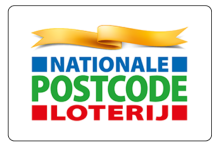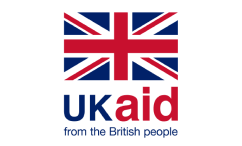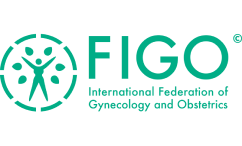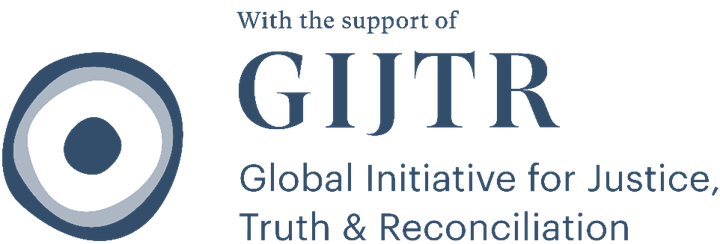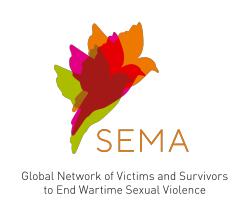...of trafficking in persons, with a specific focus on persons in vulnerable circumstances; Investigating cases of trafficking in all its forms, prosecuting the perpetrators and, if convicted, punishing them with appropriate sanctions;92 Increasing efforts to address ‘the root causes of trafficking in persons’; Strengthening international cooperation, in particular with countries of origin, trafficking and transit, to ensure successful prosecutions;93 Providing victims/survivors with effective protection and redress, including compensation, and as full rehabilitation as possible;94 Assisting......enforcement personnel’, are unacceptable.87 Migrants. One of the greatest risks to migrants, particularly unaccompanied children and other persons in vulnerable circumstances, is that of human trafficking.88 Under articles 2 and 16, States should take specific measures to prevent it by: Adopting criminal legislation that contains a legal definition of trafficking in human beings that properly covers all forms of exploitation, including slavery, slavery-like practices and servitude;89 Focusing ‘on developing sustainable pathways for safe, orderly and regular migration......based on protection, human rights and non-discrimination’;90 Restricting the use of entertainment visas to ensure they are not used to facilitate trafficking, allocating sufficient resources for this purpose, and vigorously pursuing enforcement of criminal laws in this regard;91 Developing and applying criteria for evaluating the vulnerability of victims/survivors of trafficking; Providing specialised training to law enforcement officials, border guards, immigration officials, prosecutors, labour inspectors, medical professionals and other relevant actors on detecting and identifying victims/survivors......United Nations Convention against Transnational Organized Crime, its Protocol to Prevent, Suppress and Punish Trafficking in Persons, Especially Women and Children196 and its Protocol against the Smuggling of Migrants by Land, Sea and Air;197 The 1954 Convention relating to the Status of Stateless Persons and the 1961 Convention on the Reduction of Statelessness;198 The Rome Statute of the International Criminal Court;199 Council of Europe conventions, including the Convention on Action against Trafficking in Human Beings;200 The......be considered ‘as authors, complicit or otherwise responsible’ for consenting to or acquiescing to the prohibited acts: the State’s indifference or inaction is a form of encouragement and/or permission. The Committee has applied this principle to States Parties’ failure ‘to prevent and protect victims from gender-based violence, such as rape, domestic violence, female genital mutilation, and trafficking’.42 States Parties should prohibit, prevent and redress torture and ill-treatment in all contexts of custody or control, such...

 EN
EN FR
FR ES
ES UK
UK